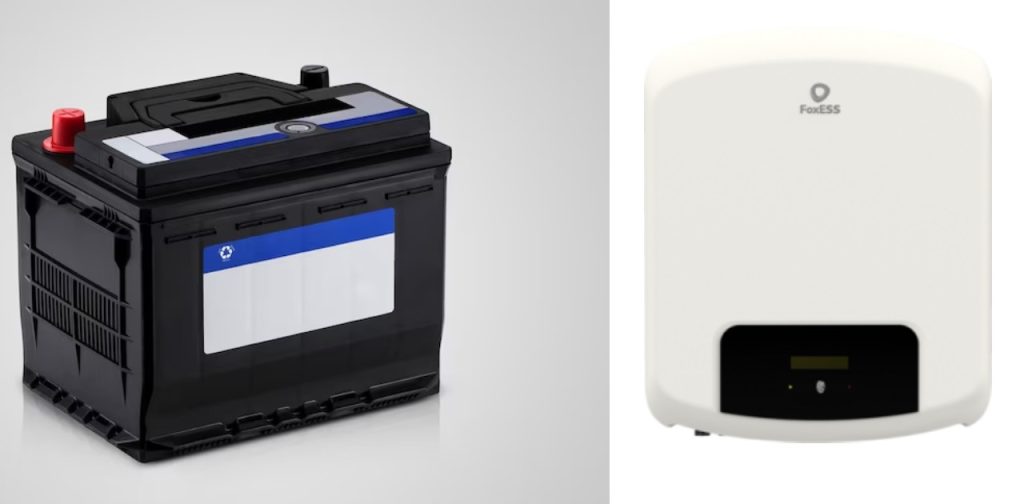When comparing a Normal Inverter vs Solar Inverter, it is essential to understand the distinct functions and benefits each type offers. A normal inverter is typically used to convert DC power from batteries to AC power for household use, ensuring a continuous power supply during outages. On the other hand, a solar inverter not only performs this conversion but also integrates with a solar power system to convert DC power generated by solar panels into usable AC power, making it a more sustainable and energy-efficient option.
Understanding Inverters
A Solar Inverter is a device that converts direct current (DC) into alternating current (AC). In a solar power system, the solar panels generate DC electricity, which needs to be converted into AC for use in homes and businesses.
Normal Inverter vs Solar Inverter
A normal inverter, often used in conjunction with a battery, converts DC from the battery into AC. It’s designed to draw power from a DC source, typically a battery charged by a conventional power grid.
On the other hand, a solar inverter is specifically designed to handle the variable DC output of solar panels. It not only converts DC into AC but also manages power generation to maximize efficiency. This is one of the key differences between normal and solar inverters.
The Drawbacks of Using a Normal Inverter
While a normal inverter can technically be used in a solar power system, it’s not an ideal solution. Here’s why:
1. Efficiency: Normal inverters are not designed to handle the variable and fluctuating power output from solar panels. This can lead to inefficiencies and loss of potential power.
2. Battery Requirement: Normal inverters require a battery to operate. If you’re using solar panels to reduce reliance on the grid and lower electricity costs, adding a battery can increase costs and maintenance.
3. Lack of Monitoring: Solar inverters often come with monitoring systems that allow you to track the performance of your solar panels. Normal inverters typically lack these features.
These are some of the disadvantages of normal inverters when used in a solar power system.
The Benefits of Using a Solar Inverter Solar inverters are designed specifically for solar power systems, offering several advantages:
1. Maximizing Power Generation: Solar inverters include maximum power point tracking (MPPT) or pulse width modulation (PWM) technology, which ensures the solar power system operates at its maximum potential.
2. Grid Compatibility: Solar inverters can feed excess power back into the grid, a process known as net metering. This is not possible with normal inverters.
3. Monitoring and Troubleshooting: Solar inverters provide system performance monitoring, allowing for timely maintenance and troubleshooting.
These are some of the advantages of solar inverters.
In conclusion, while it’s technically possible to use a normal inverter instead of a solar inverter in a solar power system, it’s not recommended due to efficiency, cost, and monitoring considerations. A solar inverter, specifically designed for solar power systems, is the best choice for maximizing the benefits of solar energy. Therefore, when choosing between normal and solar inverters, a solar inverter is the recommended choice.




